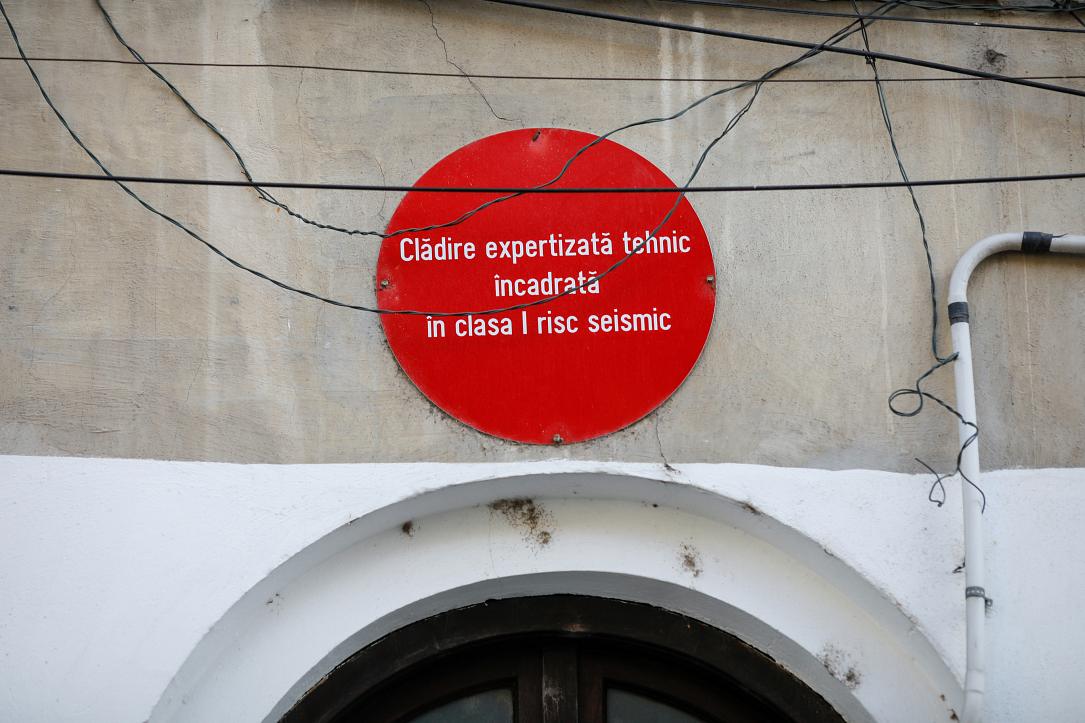About 8,000 buildings with potential seismic risk in Bucharest, mayor says



Nicușor Dan, the general mayor of Bucharest, stated during a debate that there are about 8,000 buildings with potential seismic risk in Bucharest, of which probably 1,500-2,000 are in classes I and II. He also said that there are currently about 150 buildings in various stages of consolidation works.
The mayor noted that the evaluation of these buildings has begun under the new consolidation law and that it will likely end in 2025. After that, the expert assessments will follow.
The law promoted by the Ministry of Development created “the methodological norms for the so-called rapid visual assessment, which is a preliminary evaluation that takes on average a day for a team of specialists for one building,” Dan said, cited by G4Media.
The lengthy evaluation is necessary “so that we finally have a real record of what we need to do, what needs to be expertly assessed, and what is the amount of money and the quantity of work we need to do for the entire city,” Nicușor Dan stated during the debate at M.C.N Podcast, which was also attended by the mayors of Districts 1, 2, and 6.
“It's important here, just as with infrastructure works, it's important to follow all the steps, because if you hurry, you make some makeshift projects, and you actually don’t finish. You want to finish in 2 and a half years instead of 3 years, but in fact, you will finish in 7 years or 15 years as it unfortunately happened to us,” the general mayor further mentioned.
If a major earthquake were to happen now, similar to the one in 1977, it would leave behind at least as many victims as it did then, Dan argued. The 7.4 magnitude earthquake in 1977 caused roughly 1,400 deaths in Bucharest.
A report released earlier this year by the Bucharest Community Foundation, analyzing figures from the Department for Emergency Situations, noted that one in four Bucharest residents would be affected following a major earthquake.
(Photo source: Cateyeperspective | Dreamstime.com)